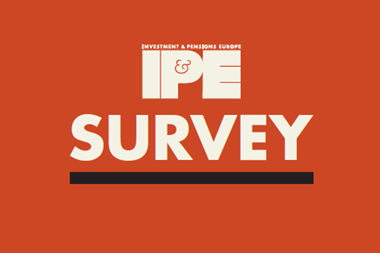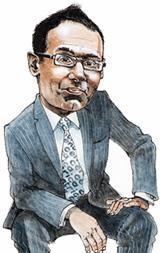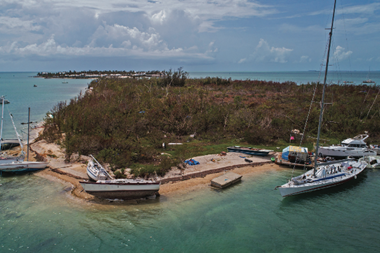Severe hurricanes in the US last year not only left local inhabitants struggling with the aftermath, but the effects also rippled through to European investment portfolios.
The €197.2bn Dutch health care pension provider PFZW reported 13.3% losses from its portfolio of insurance-linked portfolios.
In Switzerland, the CHF17.8bn (€14.9bn) pension fund for the Swiss railways (PKSBB) noted in its annual report that it had suffered “significant losses from its insurance linked investments for the first time last year amounting to over 9% because of expensive natural disasters”.
Last year, southern states of the US and much of the Caribbean were hit by two storms now estimated by the US National Hurricane Center as among the costliest on record.
Hurricane Irma, which hit the Caribbean and Florida in early September, caused an estimated $50bn (€40.6bn) of damage, while Hurricane Harvey’s impact was estimated at $125bn – the joint most expensive ever seen.
As with most Swiss Pensionskassen investing in insurance-linked securities (ILS) – typically bonds issued by insurers and reinsurers to offload risk – the PKSBB’s exposure to the asset class was only 2% of its portfolio.
However, as most Swiss pension providers have ILS investments, the US hurricanes and their impacts on pension funds caught the attention of national media.
The pension fund for the city of Winterthur (PKSW) was reported to have lost 8% on its ILS portfolio last year.
Marius Platek, head of investments at the CHF1.8bn PKSW, explained to local papers that since its first foray into ILS the asset class had still contributed an annualised 3.9% return – including last year’s losses.
The PKSW has one of the highest exposures to ILS in the Swiss market at 8% of its total portfolio.
“Swiss institutional investors are interested in the asset class because of the lack of correlation ILS investments tend to have to financial markets,” Urs Ramseier, CEO and CIO at Swiss-based insurance investment specialist Twelve Capital, explained to IPE.
Swiss Pensionskassen are usually restricted to investing a maximum 15% of their portfolios in alternatives, but the Swiss supervisory body Finma often grants extensions to this cap when pension funds like the PKSW want to invest more in ILS.
“In our experience, most pension funds in Switzerland have looked at the asset class and, of those that have made an allocation to the ILS market, these tend to account for between 2% and 3% of overall assets under management,” said Ramseier.
The CHF17bn pension fund for the city of Zurich divested its 8% commodities portfolio last year and has started to put some of the funds into ILS investments.
Ramseier said there was a trend among investors looking for further diversification within the ILS asset class itself.
“A number of pension funds that started by investing in the catastrophe bond space, that have built sufficient in-house expertise around the asset class, are now looking to diversify their allocations into the potentially higher returning, although less liquid, private ILS market,” Ramseier said.
Funds had not necessarily abandoned ‘cat bonds’ altogether but were looking to allocate to both segments of the market, he added.
For investors able to allocate to less liquid strategies, private ILS investments tend to yield more than cat bonds. The private segment also offered more investment capacity, Ramseier said.
“Cat bonds are currently difficult to make an allocation to because a number of funds are closed due to high levels of investor demand,” he added. “For this to happen in the private ILS segment, demand would have to increase at least tenfold in our view.”
German investors were also expressing interest in the asset class, Ramseier said, with “a number of institutional investors” considering an initial allocation to cat bonds.
The Eurekahedge ILS Advisers index – which tracks the performance of 34 dedicated ILS hedge funds – has gained 5.25% a year since December 2005. It lost 8.6% in September 2017, its worst monthly performance since inception.

























No comments yet